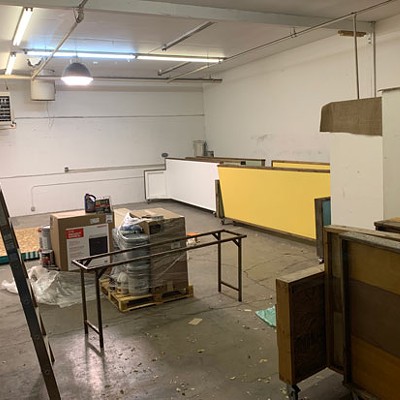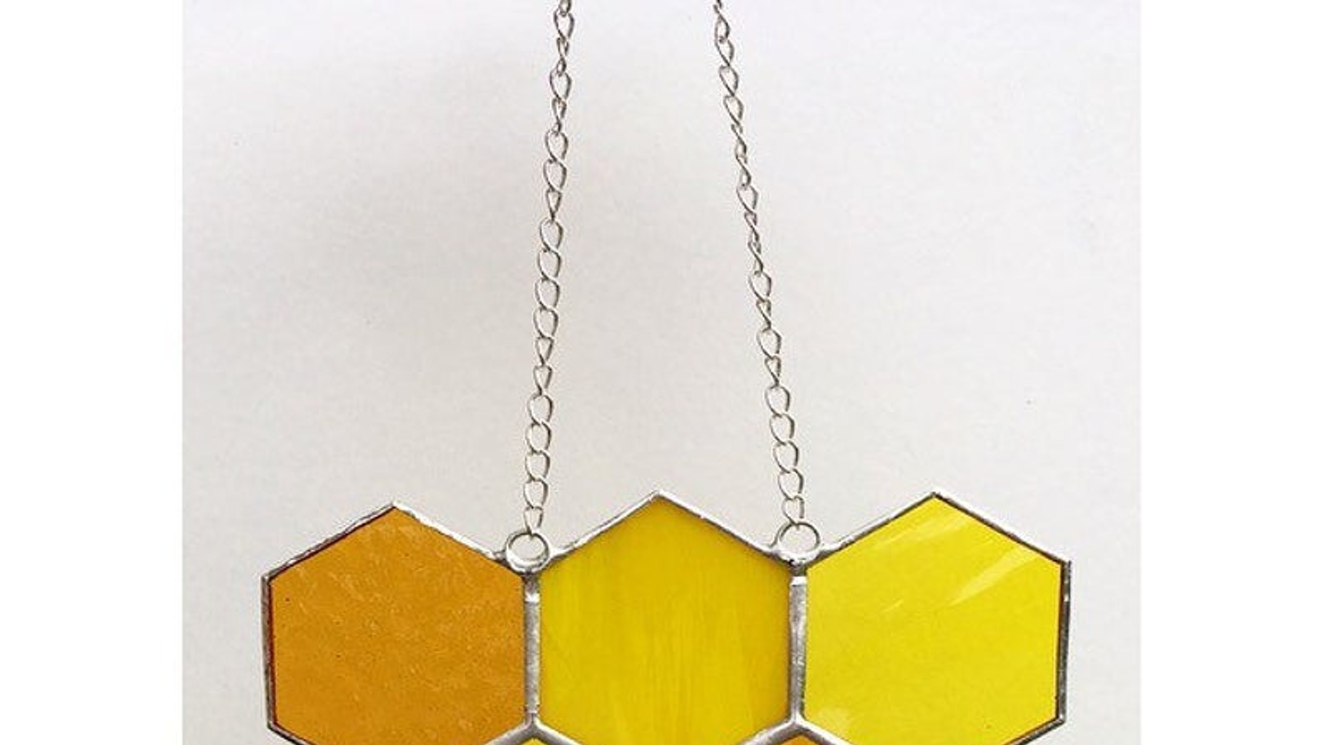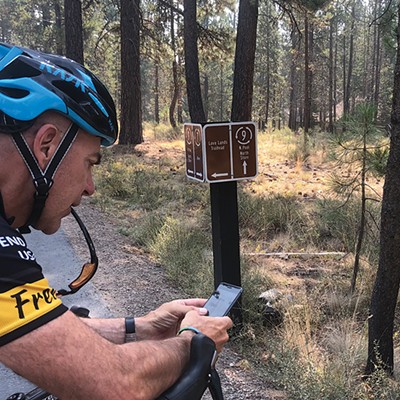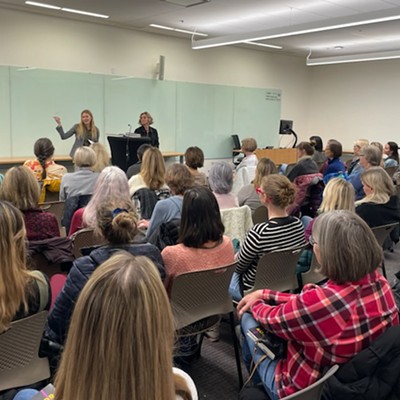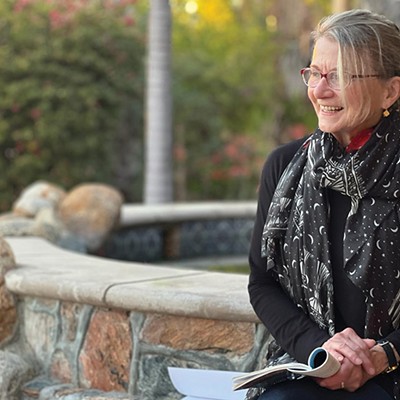What does an artist do when his work seems to elicit the same response— that it looks like an image from a kid's book?
He runs with it, establishing himself as a successful and prolific children's book illustrator with almost 20 books under his belt. Illustrator Lee White's drawings inhabit a dreamland where children ride seahorses like ponies and a pianist plays his grand piano atop a giant striped cat. Audiences both young and old are drawn to the playful magic in White's fantastical world, whether they encounter it at a library or in his booth at Art in the High Desert. For the artist himself, observing the nostalgia and joy his images inspire in others is what brings his dreamy works to life.
Source Weekly: A lot of your drawings have a very soft and whimsical quality to them. Is this an effect of illustrating children's books, or have you always drawn in this style? Do you have a stash of angry drawings somewhere that are super dark and painted in blood?
Lee White: That's pretty funny and I have definitely heard that before! I think I was just meant to make the kind of images I make. When I was in college, some of my instructors wanted more "serious" work out of me, but the funny thing is that it always looked like kids book stuff. Even during my "college angst" phase, people would comment with, "How whimsical!" I love hearing and seeing people react with delight as they come across my work. They may not have seen children's book work since they were little, [but] they just light up and it looks like they are remembering something deep and nostalgic. I figure there are enough dark images in the world right now. I just want to make something that makes people happy.
SW: What does your illustration process look like? Are there any particular media you favor for certain projects?
LW: My process is all over the place. I started out in acrylic and then moved to oil, then pastel, digital, and finally watercolor. The first time I laid down a wash of watercolor I knew it was special. I just loved watching the shapes change and colors blend on the wet paper. It's great because no matter how much you plan, watercolor will do what it wants. You are just along for the ride. When I painted in acrylic and oil I just felt like I was filling things in like a coloring book. Watercolor is alive and spontaneous. It also mixes well with other media like colored pencils and pastels so I use those techniques too. When I do publishing work I tend to work digitally because it's fast and I can edit quickly.
SW: You're a pretty prolific children's book illustrator. How did you get into the "picture book" business?
LW: I went to school for illustration at the Art Center College of Design in Pasadena, California, where I studied illustration and entertainment design and loved all of it. Like I said before, all my work looked so specific to kids' books, so it seemed like the logical route to go. Once I graduated, I went to New York and did portfolio drop offs at quite a few publishers. I ended up signing with an artist's agent and they got my foot in the door. It started off slow and didn't pay well, but now I'm on my 20th book and it has gotten way better. It's a fairly stable industry to be in as an artist once you get in the door. The hard part is actually getting in the door.
SW: Any plans to write a children's book now that you have a kiddo yourself?
LW: I am writing my own stories and those should be on the shelves in about two years. It's great to do the writing because I can craft the story around images that I think are interesting. I have a lot of stories floating around in my head and I'm slowly getting them down on paper.
SW: A lot of your work has a good deal of depth—there is so much happening in the details of your drawings. Is this a result of creating pictures that tell a story to kids who might not know how to read?
LW: I think it comes from really thinking about what is happening in a story. I don't want it to paint "realistic" but I want people to be able to feel what it's like to be in the story. A lot of times when I am painting, I picture how it sounds in a scene. I can hear the crisp snow crunching underneath my feet or feel the sun on my skin. I want to convey that to people so they get something more than just [what's] drawn in there. I want an emotional response.




